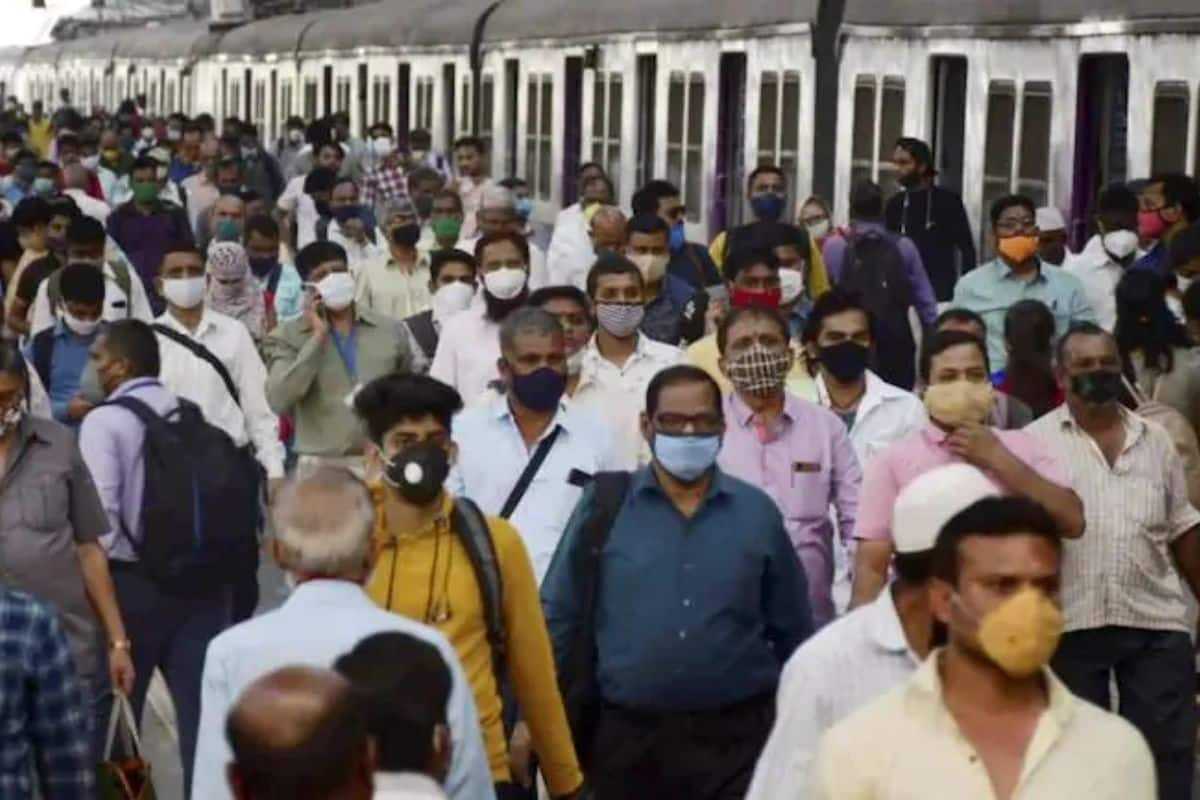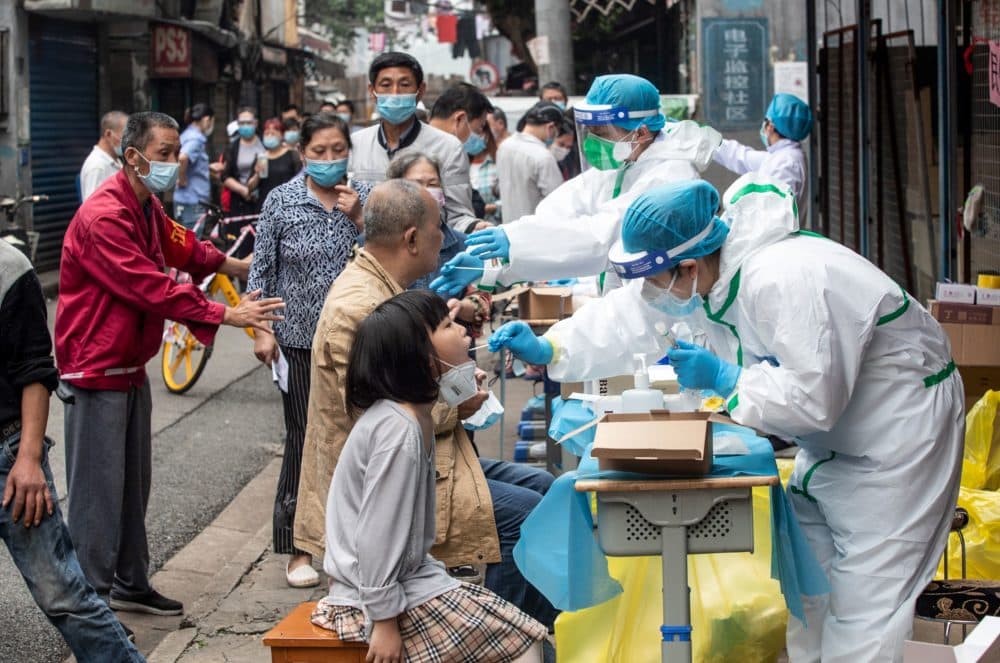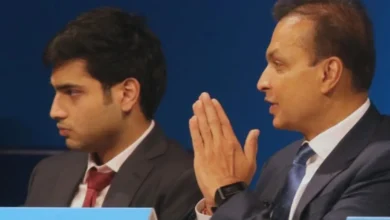Preparation for the third wave- lessons from the first 2: devastating waves of the pandemic

Third wave and what we can expect from it
The world was doing just fine, everything was normal and then in just a blink of an eye, everything got changed. People were locked in their own homes, shops and offices were shut and everything just paused. Yes, the COVID-19 virus came all of a sudden in lives and everything has not been the same since then. In India, the virus started spreading at a faster pace at the end of March 2020, forcing the country to impose a nationwide lockdown. The country is battling the virus since March 2020 and till now, we haven’t been able to be successful at it.
The devastatingly high death toll is a testament to this statement. and what thing we’ve always done as a country is repent later and analyze mistakes, so, for once, let’s learn and plan beforehand, especially since the event is foreseen. Let’s trace the journey we’ve had as yet and mark what we can do better this time.

The beginning of the virus-
It all started when the first case of the COVID-19 virus was reported in Kerala on 30 January. It was reported that the affected had a travel history from Wuhan, China. After that, cases started reporting continuously in February and March which became a matter of serious concern. At approximately 500 cases, the country went into an impromptu nationwide lockdown as a precautionary step to curb the spread of the virus.

Experts criticized the urgency of the move because it happened without any due planning and the result was the economic contraction and mounting spread in front of us. There’s no way to stress how important proper planning is, which, in the case of India, is always missing in action.
Covid-19 vaccine, hope for people-
Everyone had high hopes when the COVID-19 vaccine was introduced. The first phase of the vaccine was started in January 2021 for frontline and healthcare workers and later, the vaccination drive was started for people above the age of 45. Now it has started for people of age 18 and above too. But the inefficient management of the vaccine by our government along with the spread of misinfodemic damaged the hopes of people. In other countries, their effective management has led to a successful vaccination drive. The inefficient vaccination drive has had several consequences, ranging from slow paced economic recovery to the threat of another wave.
The second wave of the virus, the threat continues-
The number of cases, reporting daily dropped to very low numbers by September 2020 but in February and March 2021, the COVID-19 cases started rising exponentially. The cases reported in this one month were almost equal to the cases reported during the last 6 months. This was the start of the second wave of the COVID-19 virus, with the new mutant being more fatal than ever. What triggered the second wave is still unknown, but this could have been triggered by various new strains of the virus. People’s apathetic behavior towards the virus is also a reason. The second wave of the virus is said to peak on the 9th of May.
During the second wave of the virus, the death toll was so high that it is even scary to imagine. People were constantly losing their loved ones and were more helpless than they have ever been. The health infrastructure crashed, people were not able to find beds for their family members, nor were they able to arrange oxygen cylinders for them. But now, the cases have started to decline, followed a piece of grim news that is coming is that India would experience a third wave of the COVID-19 virus, which is is expected to start from September-October.
NITI Aayog member, VK Saraswat said that the epidemiologists have given very clear indications of the arrival of a third wave, which would be inevitable. They further suggested that the country should vaccinate more and more people. The number of strains currently spreading in the country would play a major role in the arrival of a third wave of the virus. The deadliest strain of the virus currently spreading in the country is the B.1.617 as named by the scientists and is said to exist only in India.

How deadly will the third wave of COVID-19 virus be-
The third wave of the virus would be deadlier than the last two waves. Scientists made a report that iterated that during the first wave, the COVID-19 virus would damage the lungs in 10 days. During the second wave, this time period reduced to 5 to 7 days and it is being said that it would take only 2-3 days for the virus to kill the lungs during the third wave. The variant which is threatening the country and is giving hints of the third wave of the virus is the Andhra Pradesh variant.
The Andhra Pradesh variant delivers a person to an ICU bed in two to three days by destroying the lungs. Other than its effect on the lungs, another fact is that it is 15 times more contagious than any other current variant. Many scientists have stated that the third wave would largely impact children. No vaccine is currently available for people below 18 years of age and this acts as a major threat.
This means that opening schools at this time will be more dangerous than ever. Scientists have said that the only solution to this is to vaccinate the children too to immune them and fight against the third wave. But currently, it seems impossible as there is no vaccine for people below 18 years till now.
However, the Serum Institute of India has said that they will develop a vaccine for people below 18 years of age by October while Bharat biotech is also working on it and its vaccine is on the trial stage.
How can the country prepare against the third wave-
First of all, the pace of vaccination should be increased to protect the country against the third wave. The more the number of vaccinated people, the less will be the chances of the arrival of the third wave. Other than vaccinating the people, the other important precautions which should be taken will be discussed below.
If a person gets tested at an early stage, he can be isolated and the virus could be contained. But the current level of testing is far from satisfactory in some states like Bihar and Uttar Pradesh. According to reports, a person is more likely to get themselves tested if the testing center is in near proximity. Free and paid tests are a factor too. The data of the Indian Council of Medical Research showed the median number of sample collection in districts in the state of Karnataka is 98 while the number is just two in Bihar. Therefore, the testing level needs to expand to prevent the fatal third wave.

People, especially poor people should be encouraged to seek medical advice. As per the reports of the National Survey Office(NSO) shows that poorest 20% of people are three times more likely to not seek medical advice when they feel sick. Ignoring medical aid is very dangerous, especially during this time when we all know how deadly the Coronavirus is. Lack of health facilities and affordability are the main reasons behind this ignorance.
Access to health insurance will also be a great preventive measure. According to NSO, three fourth of the hospitalization cases in India involved patients who were not insured. Especially during this time, it requires huge sums of money to get treatment for the Corona virus. People usually use their savings for getting treated as they have no other option but using these savings now creates a problem in the future. People should have better access to insurance, most importantly the poor segment of the society so that they can get their treatment without exhausting all of their life savings.
Hope is what is keeping all of us alive. We should not stop hoping. Not only these measures or government acts will help us, but hoping for a bright future is what will keep us happy and alive. The country will battle this too and will win, no matter how big the problem is. We are all in this together and there will surely be a brighter tomorrow.




